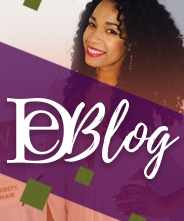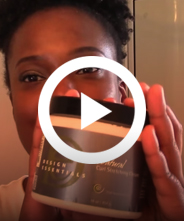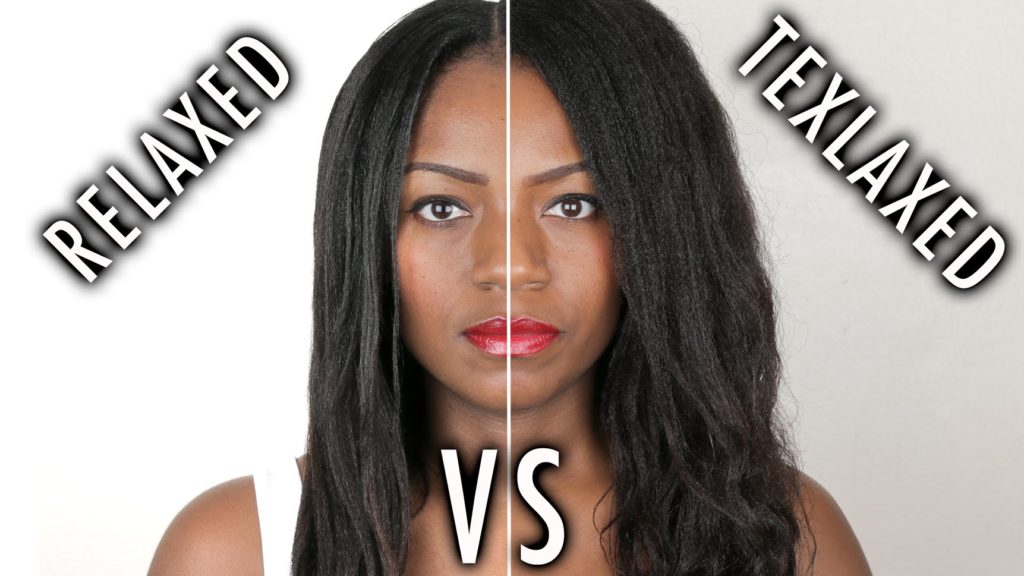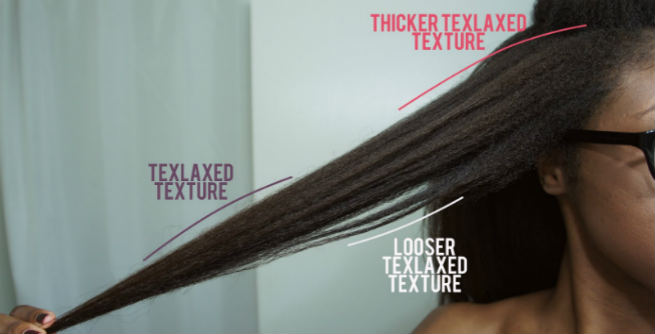If you’ve been in the professional hair game for a while, then I’m sure you can remember a time when most of your clients received chemical relaxer services like clockwork.
And then, along came natural hair – taking the culture by storm. Without skipping a beat, you empowered those same relaxed clients to embrace their natural kinks and coils with big chops, twist-outs, and other textured styles.
And while some clients may never book an appointment for a relaxer service again, others are riding a new wave called texlaxing.
For some of our professionals, this modified relaxer trend is nothing new. But if you’ve never heard of texlaxing or need a refresher, we’ve got the 411. Here’s everything you need to know about texlaxing:
What is texlaxing, and how does it differ from a traditional chemical relaxer?
Texlaxing is a hair processing method in which clients choose to under-process their natural curl pattern with the use of chemical relaxer, resulting in a textured (versus bone-straight) appearance and feel.
Texlaxing differs from the traditional chemical process by using a mild strength relaxer and monitoring the application time closely. Our Lo-Lye Relaxer with Olive Oil & Shea Butter is the go-to texlaxing option of our DE pros.
Some sources recommend diluting relaxers with oil to create a buffer and reduce their potency. Our educators strongly advise against it. Instead of diluting with oil, our pros recommend being mindful of the timing the relaxer is on the hair. For most textures, anything beyond 10 minutes may result in a full relaxing process. The 10-minute time limit includes the entire head from start to finish.
To avoid juggling time and worrying about over-processing, our pros recommend texlaxing one section at a time. Dividing the hair in four sections and processing each one for 10 minutes should do the trick.
When texlaxing, you may want to avoid smoothing the relaxer during application. Depending on your client’s texture, the process of smoothing may completely break the disulfide bonds of the hair. This will result in a fully relaxed process instead of texlaxed hair.
What are the benefits of texlaxing?
Although texlaxed hair isn’t as healthy as natural hair that hasn’t undergone any chemical processing, it is healthier than relaxed hair that has become completely straightened. Because the disulfide bonds are not completely broken and some texture has remained, texlaxed hair looks and feels thicker than fully relaxed hair.
By leaving some natural texture in the strands, texlaxed hair tends to have better elasticity, styling versatility, and improved moisture retention. This allows for greater styling versatility (wet or dry), because of the hair strand’s ability to bounce back or ‘hold a curl’ while resisting breakage.
What are the disadvantages of having texlaxed hair?
Because of repeated chemical processing, texlaxed hair often has 3 or more textures – making it difficult to blend. Texlaxed hair tends to have thicker density at the roots, a looser texture along the mid-shaft, and noticeably straighter strands from the mid-shaft to ends.
As a result, caring for multiple textures of hair can become quite exhaustive. Balancing the different textures requires gentle handling and excessive moisturizing, especially at any line of demarcation to avoid breakage. A balance of protein and moisture with anti-breakage treatments and daily moisturizing products will also help fight breakage, dryness, and improve elasticity throughout the hair.
Can I use a texturizer to achieve the same result as texlaxing?
Without making the answer to this question too complicated – absolutely. However, texturizers are only recommended for clients who have not texlaxed in the past.
In fact, we prefer that hair care professionals use one consistent mixture when performing chemical services. This is where texturizers are beneficial – using one consistent product during touch-up services on the same client will yield consistent results over time.
The one constant – whether you decide to use a Low-Lye Relaxer or a texturizer – is to keep an eye on the processing time.
Armed with this information, you’ll be able to help your clients achieve their healthiest texlaxed tresses.
http://blog.designessentials.com/uncategorized/relaxer-trends-411-texlaxing/






